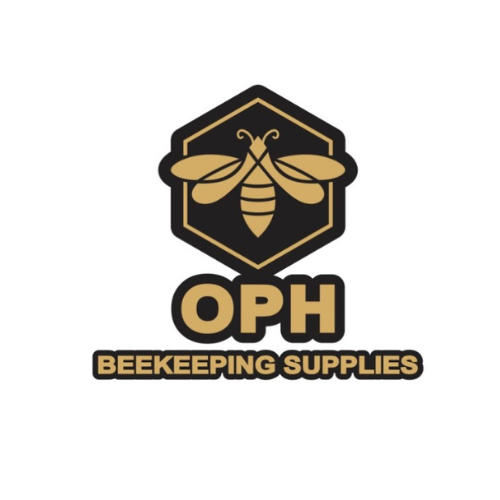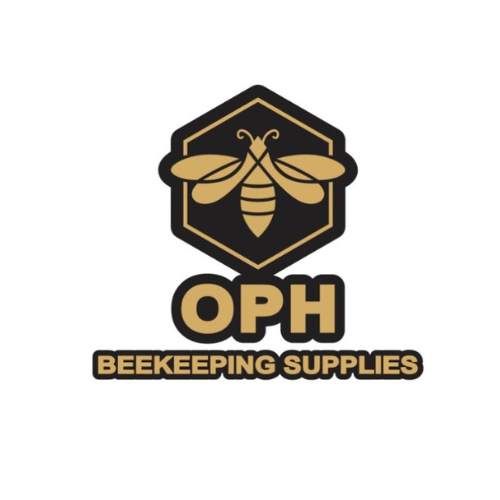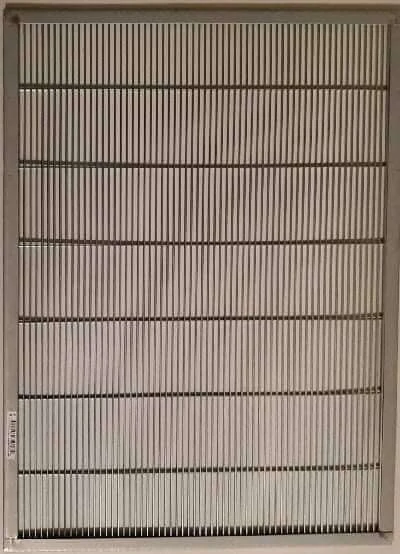Should you use a queen excluder? The queen excluder’s purpose is to restrict the queen’s access to honey supers. Without it, the queen may lay eggs and create a brood in the honey supers, making it difficult to harvest clean honey.
Sometimes the worker bees are intimidated by the queen excluder and don’t go up into the honey supers. For this reason, we recommend not putting the queen excluder on until the bees have drawn out the frames than add the excluder afterwards. Sometimes beekeepers lay the queen excluder sideways which allows the worker bees more easy access to the honey supers. After that you can place it the correct way once they have drawn out the frames.
For a single brood colony, using a queen excluder is essential. While some beekeepers may not see the need in a double brood system where the queen has ample space to lay in two boxes, it’s important to prevent her from sneaking into the honey supers. To ensure this, utilizing a queen excluder is highly recommended.
Queen excluders are available in different materials. They are commonly made of metal or plastic.
Metal queen excluders are the established choice for beekeepers, and their quality wire design ensures long-lasting durability. Some may also feature a wooden frame, adding a sophisticated touch and preventing any bending or warping of the excluder.
While not essential, these wooden frames offer an elegant touch. Alternatively, plastic excluders are an affordable option, perfect for those with multiple hives or in need of backups. However, care must be taken when removing them from the hive as they can snap easily. It’s common for bees to stick the excluder down with burr comb and bee propolis.



